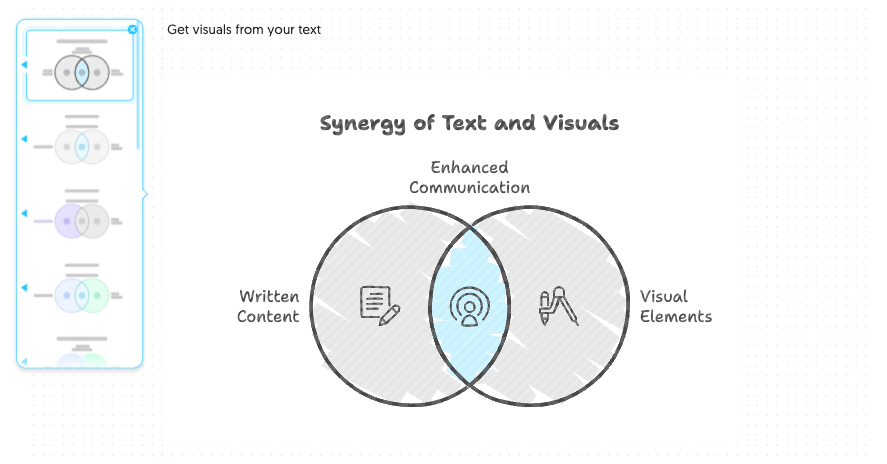Stop Wasting Time on Tech Decisions: How Nonprofits Can Choose Tools in Minutes, Not Months
New apps we’re trying out
napkin.ai - a simple way to get visuals from your text. I’m loving how easy it is to create a type of image I previously would’ve thought too time consuming or expensive!
The other day, I was helping a nonprofit exec who was spending an overwhelming amount of time researching different CRM systems and trying to compare them. When I asked why, they said, "that's just how long it takes to make the right choice."
I couldn't help but think: there has to be a better way.
After years of helping nonprofits with digital transformation, I've learned an expensive lesson: we're all spending way too much time on tech decisions, and most of that time isn't actually helping us make better choices.
The big problem with traditional tool selection When I reflect on the biggest tech mistakes I've seen nonprofits make, there's a common thread: We get lost in endless feature comparisons and forget about what actually matters to our organizations.
Just last month, I saw a small nonprofit stuck looking for a digital asset management tool. I knew the old-fashioned way wasn't going to serve them. Spreadsheets full of features, pricing tiers, and "must-haves" that weren't actually must-haves at all… that's a lot of noise that would only confuse the tool selection & purchasing.
So we cut that process down to minutes. Here's how.
A better way forward I've developed a process that's transformed how nonprofits make tech decisions. It's built on one simple truth: AI can do the heavy lifting, so humans can focus on what matters.
Here's what works:
Start with people, not features. - What does your team really need? • But keep your "needs" list as short as possible • Let AI do the research grunt work • Trust but verify the results • Check with your stakeholders • Rinse and repeat with confidence
The simple framework that changes everything Here's the framework we use:
Gather stakeholder input any way you can – messy notes, meeting recordings, scribbled papers. AI will clean it up.
Let AI transform that input into three lists: • Needs (ie, deal-breakers) – keep these minimal • Wants (nice-to-haves) – up to twice as long as your Needs • Constraints (any context that needs to be taken into account, that could limit you)
Feed this to AI using our simple spreadsheet framework (feel free to duplicate it), and let it do the heavy lifting: • Create a weighted scoring rubric • Score each tool
Compare features • Give a detailed summary of each tool • Evaluate its own work and give you suggestions on what it could do better next time
Do two reviews:
a. AI check • Get it to research online for user reviews and validate its assessment based on those reviews
b. Human check: • Review the findings and check the tool websites to make sure the information isn't outdated or incorrect • Spot-check the results • Feed any corrections back to AI to improve the output.
The Bottom Line The most successful nonprofits I work with aren't the ones who spend the most time researching tools. They're the ones who know how to combine human wisdom with AI effectiveness.
So the next time you're staring down a tech decision, ask yourself:
Do I really need to spend a dozen hours on this? • Am I collecting information or just creating busy work? • Could AI handle the heavy lifting while I focus on what matters?
Because here's the thing – your time is too valuable to spend it comparing feature lists. Let AI do what it does best, so you can do what you do best – leading your organization's mission forward.
Happy holidays and here’s to more mission-driven work in 2025! –Malcolm
P.S. This simple spreadsheet is only the very start of our work to make this whole digital transformation process much more effective. Let us know if you want to hear about future updates to this free tool, jump on the waitlist!

